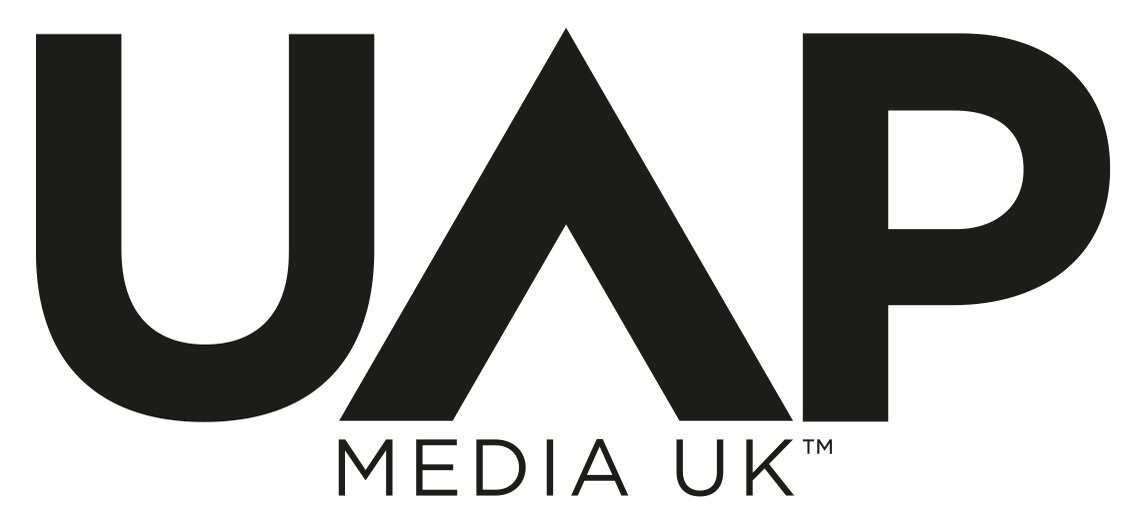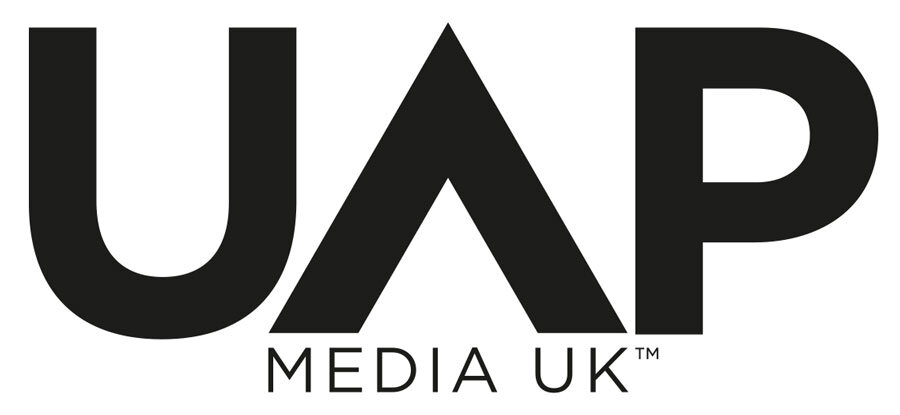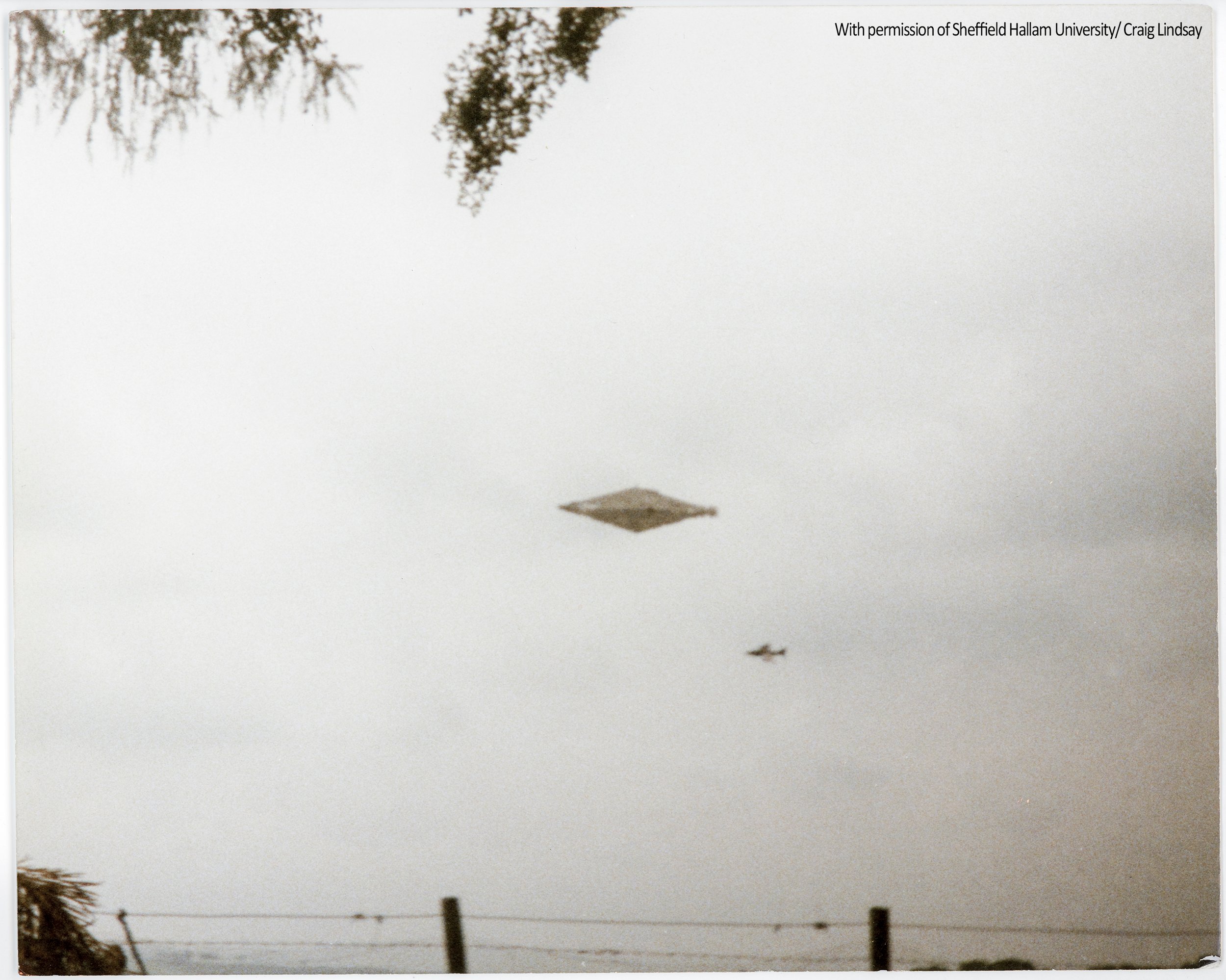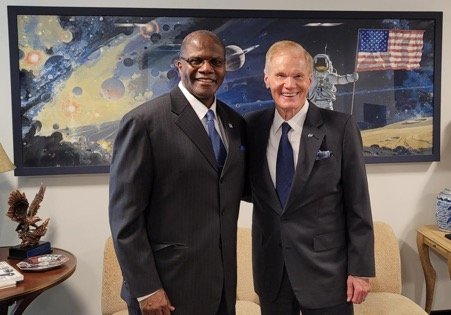WHY ARE NASA NOW TAKING UFO’S SERIOUSLY?
THE QUESTION OF how and why the National Aeronautics and Space Administration (NASA) have decided to officially investigate the issue of Unidentified Anomalous Phenomena (UAP), historically known as Unidentified Flying Objects (UFOs), is one filled with vast complexities. Having such a prestigious agency involved in something like UFOs is obviously hard to understand. However, that is what occurred in the early summer of 2022. According to NASA, the historic space agency has been commissioned to study ‘observations of events in the sky that cannot be identified as aircraft or known natural phenomena – from a scientific perspective’. The study itself is said to examine the best available data and how to collect future data. Ultimately, NASA wishes to implement data which can move the ‘scientific understanding of UAPs forward’ (See the NASA Q&A below).
On the 9th of June, 2022, NASA’s Associate Administrator Dr. Thomas Zurbuchen presented an outline of NASA’s UAP independent Study as they disclosed they were joining the hunt for UFOs. The original study was designed a precursor to further investigation and was created to examine and firmly establish the scientific methodology going forward. The overarching theme was to turn ‘poor data’ into ‘rich data’ and is a welcome move within the UAP research and advocate community. Given that while historical UFO research has a vast array of videos and photos going back to the 1940s, none of the data is holistically verifiable from the viewpoint of a scientific perspective.
Arguably, this has been the longstanding problem with how science and our political establishment has engaged this issue. ‘UFO’s are historically, and even currently still labelled as fringe science, pseudo-science or even some bizarre conspiracy. Thus, the issue has been starved of professional involvement and scientific methodologies. The result is that any given ‘UFO’ encounter, whether civilian or military, has simply not been investigated by government bodies (openly at least) which has left us with ‘poor data’.
For example, we can consider a old case from 1990 in Scotland. The recent Calvine UAP photo which was released by David Clarke and Vinnie Adams of UAPMediaUK is unfortunately limited is accessible data. While we have the anonymous (and classified) witness identities stating the diamond shaped craft flew vertically up at speed after hovering, we still do not have additional radar data, military testimony, or photos/videos. This is classic case from Ufology history and one which is a prime example of how more data is needed before concluding.
Consequently, we may be left with a multitude of cases in which anomalous events have occurred and simply cannot be acknowledged as so due to lack of historical and empirical data. The consequence of such cases that lack significant data, is the interjection of personal psychology and also, unverifiable debunking claims which don’t hold water (Kites, Reflections, Secret technology, Aliens, etc).
Arguably, it may not be that any one case fails us in terms of revealing its anomalous significance, instead, it may be that current research simply fails to have the scientific instrumentation to recognise the full scope of what these encounters may be presenting. Sadly, most civilian Ufology cases fall into this paradigm.
Therefore, to avoid a potentially significant anomalous case becoming labelled as ‘mundane’ through personal bias and redundant debunking ideologies, official investigation needs to become involved. Poor data (such as any future Calvine case) needs to transformed into rich data. A process would need to be evolved to reveal an effective outcome which moves us from unidentified to identified.
And this is where NASA comes into the picture.
Military cases, such as those presented to Congress by the Director of National Intelligence’s (DNI) UAP report in 2021, suggest something potentially anomalous (the basis od the report provided the impetus for both Congress and NASA to act). It was found that 144 reports originated from USG sources from 2004-2021, and of these, 80 reports involved observation with multiple sensors.
The DNI/UAP report stated that some UAP appeared to demonstrate advanced technology with unusual flight characteristics and movements. It was also stated in the government report that some UAP appeared to have the ability to remain stationary in high winds and also move against the wind. They could ‘manoeuvre abruptly, or move at considerable speed, without discernible means of propulsion’.
The point here is that military systems possess advanced sensory detection systems. In direct contrast, the two people stood in a field, late one Scottish evening in 1990 do not have the means to capture to Geospatial Intelligence (GEOJNT), Signals Intelligence (SIGJNT) or Measurement and Signature Intelligence (MASINT). Thus, we see a significant difference in how data is captured by the military and by civilians. The Calvine UAP might have been something truly anomalous, however the problem is we simply cannot prove it, and certainly cannot conclude origin from dissecting a photo taken over thirty years ago.
Ronald Moultrie (OUSDI) and Bill Nelson (NASA)To essentially demonstrate a genuine case for an encounter to be truly anomalous, we need holistic data which can be verified by NASA or another any other trusted organisation. Whether NASA will be allowed access to the military’s classified data is another question, however it does seem as though the space agency is going to evaluate all types data it can exhume.
With regards to a combined effort between NASA and the Pentagon, Ronald Moultrie (Head of OUSDI) tweeted in August: ‘#NASA Administrator Bill Nelson and I are looking forward to our teams collaborating on unidentified phenomena. We greatly appreciate all that our @NASA colleagues are doing in the areas of science and exploration!’
This new found openness from the Pentagon undoubtably shows a new era of transparency for the topic of UAP - which has long suffered an absence of oversight from NASA, the Department of Defense and Congress.
On the 17th of August, 2022, NASA held a short conference which addressed the questions of our team at #UFOTwitter. The main feedback was that 15-16 members will be engaging in the UAP study group whose names will be released in October. NASA will have close coordination with the Pentagon. Additionally, NASA are creating a website for UAP.
No one can dispute their interest in UAP and stated that this is important to them. As quoted in Space.Co:
"We're going full force" on preparations for the UAP study, Daniel Evans, assistant deputy associate administrator for research at SMD, said during Wednesday's town hall. "This is really important to us, and we're placing a high priority on it."
On the official NASA-UAP website, the independent study would report on the following questions:
What types of scientific data currently collected and archived by NASA or other civilian government entities should be synthesized and analyzed to potentially shed light on the nature and origins of Unidentified Aerial Phenomena (UAP)?
What types of scientific data currently collected and held by non-profits and companies should be synthesized and analyzed to potentially shed light on the nature and origins of UAP?
What other types of scientific data should be collected by NASA to enhance the potential for developing an understanding of the nature and origins of UAP?
Which scientific analysis techniques currently in production could be employed to assess the nature and origins of UAP? Which types of analysis techniques should be developed?
In considering the factors above, what basic physical constraints can be placed on the nature and origins of UAP?
What civilian airspace data related to UAPs have been collected by government agencies and are available for analysis to a) inform efforts to better understand the nature and origins of UAPs, and b) determine the risk of UAPs to the National Air Space (NAS)?
What current reporting protocols and air traffic management (ATM) data acquisition systems can be modified to acquire additional data on past and future UAPs?
What potential enhancements to future ATM development efforts can be recommended to acquire data concerning future reported UAPs to assist in the effort to better understand the nature and origin of the UAPs?
Whilst we still don’t know what the long-term intentions of the study might be, we can be hopeful that the opening efforts are seemingly geared towards understanding the origin of these unidentified objects. Should these objects be extra-terrestrial etc, then we certainly have the right organisation looking into the phenomena, and hopefully they can produce verifiable investigation results.



